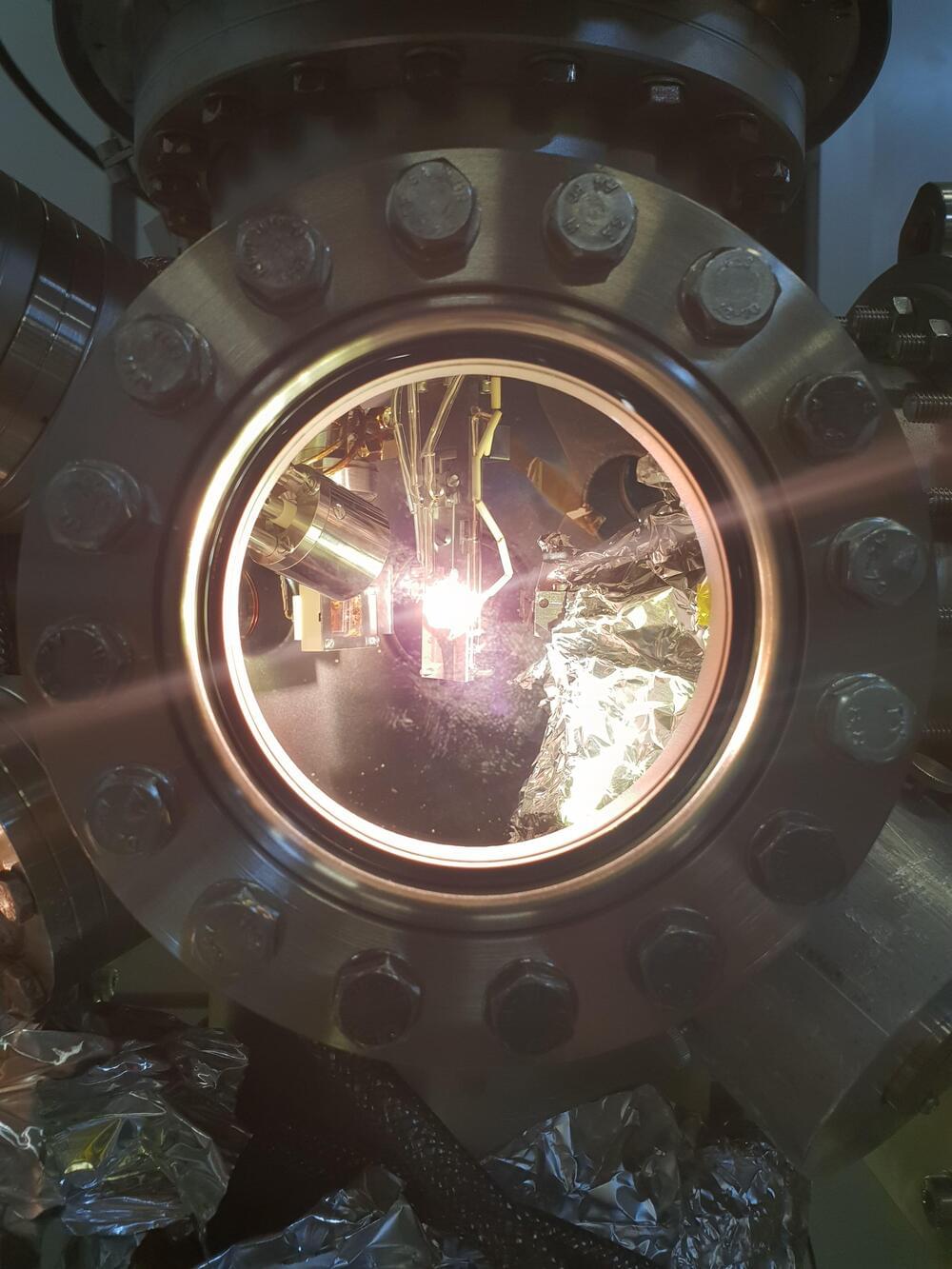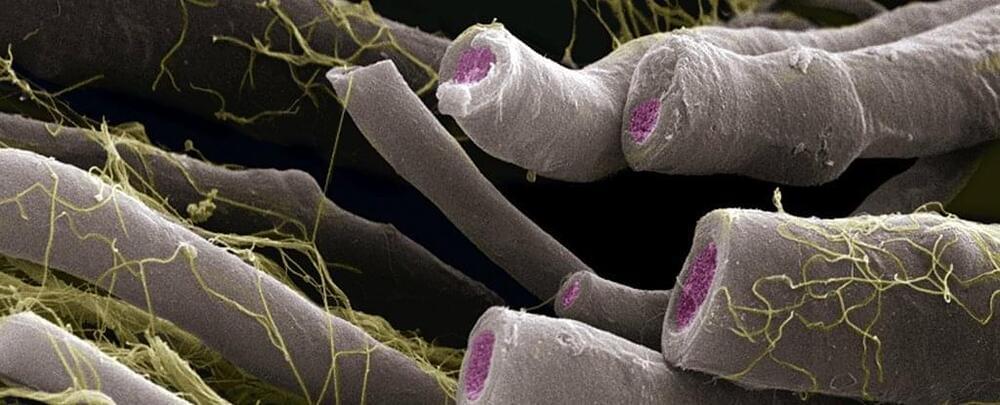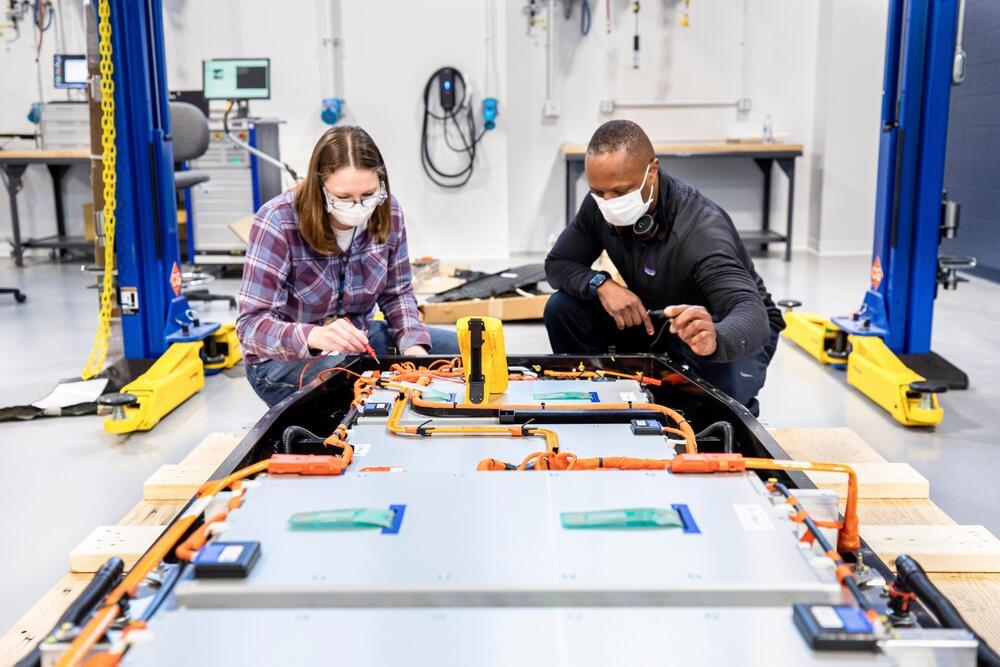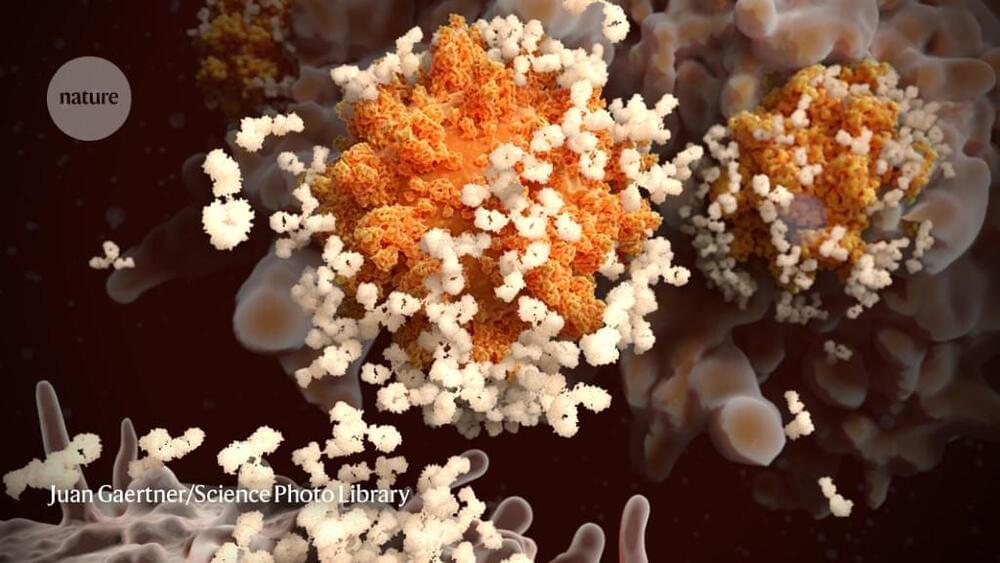A record-breaking result reveals the precision achievable by atomic clocks, letting researchers detect slightly faster ticking over a tiny height change.


The nation excels in computer vision and facial recognition, but practical applications are limited to surveillance. The U.S. has much broader expertise.

Alibaba Group Holding Ltd. unveiled a new server chip that’s based on advanced 5-nanometer technology, marking a milestone in China’s pursuit of semiconductor self-sufficiency.
The Chinese tech giant’s newest chip is based on micro-architecture provided by the SoftBank Group Corp.-owned Arm Ltd., according to a statement Tuesday. Alibaba, which is holding its annual cloud summit in Hangzhou, said the silicon will be put to use in its own data centers in the “near future” and will not be sold commercially, at least for now.
“Customizing our own server chips is consistent with our ongoing efforts toward boosting our computing capabilities with better performance and improved energy efficiency,” said Jeff Zhang, president of Alibaba Cloud Intelligence and head of Alibaba’s research arm Damo Academy. “We plan to use the chips to support current and future businesses across the Alibaba Group ecosystem.”

Creating human-like AI is about more than mimicking human behavior — technology must also be able to process information, or ‘think’, like humans too if it is to be fully relied upon. New research, published in the journal Patterns and led by the University of Glasgow’s School of Psychology…
Magnetic solids can be demagnetized quickly with a short laser pulse, and there are already so-called HAMR (Heat Assisted Magnetic Recording) memories on the market that function according to this principle. However, the microscopic mechanisms of ultrafast demagnetization remain unclear. Now, a team at HZB has developed a new method at BESSY II to quantify one of these mechanisms and they have applied it to the rare-earth element Gadolinium, whose magnetic properties are caused by electrons on both the 4f and the 5d shells. This study completes a series of experiments done by the team on nickel and iron-nickel alloys. Understanding these mechanisms is useful for developing ultrafast data storage devices.

Magnetic solids can be demagnetized quickly with a short laser pulse, and there are already so-called HAMR (Heat Assisted Magnetic Recording) memories on the market that function according to this principle. However, the microscopic mechanisms of ultrafast demagnetization remain unclear. Now, a team at HZB has developed a new method at BESSY II to quantify one of these mechanisms and they have applied it to the rare-earth element Gadolinium, whose magnetic properties are caused by electrons on both the 4f and the 5d shells. This study completes a series of experiments done by the team on nickel and iron-nickel alloys. Understanding these mechanisms is useful for developing ultrafast data storage devices.
New materials should make information processing more efficient, for example, through ultrafast spintronic devices that store data with less energy input. But to date, the microscopic mechanisms of ultrafast demagnetization are not fully understood. Typically, the process of demagnetization is studied by sending an ultrashort laser pulse to the sample, thereby heating it up, and then analyzing how the system evolves in the first picoseconds afterward.

For most of the time since the first description of multiple sclerosis (MS) in 1,868 the causes of this disabling disease have remained uncertain. Genes have been identified as important, which is why having other family members with MS is associated with a greater risk of developing the disease.
A recent study my colleagues and I conducted found that several types of infection during the teenage years are associated with MS after age 20. Our study didn’t investigate whether people who are more likely to have genetic risks for MS were also more likely to have worse infections.
This might explain why people with MS also have more infections that need hospital treatment.

Based on a rolling five-year average of announced investments, AlixPartners expects companies to invest $330 billion in the next five years throughout the EV supply chain globally. About a third of that is expected to be for batteries, largely in the China and Europe, while the U.S. attempts to catch up.
That forecast is up by 65% from an expected $200 billion from 2,018 according to Kumar.
“Electrification is occurring faster than many were thinking even a few years ago,” he said. “The plans OEMs have in place have started to change dramatically.”


